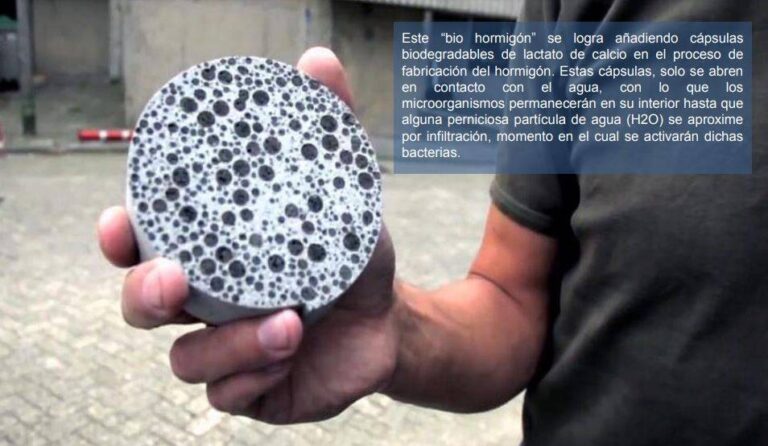Concrete, that fundamental pillar of modern construction, has evolved over the years, but its future looks even more exciting. With advances in materials science and a renewed focus on sustainability, we are seeing a revolution in concrete-based building materials that promises to transform the industry in the coming years.
Towards Sustainability
One of the main drivers of change in the concrete industry is the growing awareness of sustainability. Concrete production has traditionally been a significant source of carbon emissions due to the heavy use of Portland cement, a key component. However, researchers and engineers are working hard to develop greener alternatives.
One of these alternatives is concrete ultra high performance (UHPC), which uses a combination of recycled materials and special additives to achieve exceptional strength without the need for large amounts of cement. Additionally, new production methods are being explored that reduce the carbon emissions associated with cement manufacturing, such as the use of alternative materials and carbon capture.
Innovation in Design and Functionality
The future of concrete is not only about making it more sustainable, but also making it more versatile and functional. Researchers are experimenting with new mixtures and additives that can improve concrete properties, such as Fire resistance, durability and self-healing ability. These innovations are opening up new possibilities in the design and construction of safer and more efficient structures.
Furthermore, the development of techniques 3d print is allowing the creation of complex and customized structures using concrete. This technology offers revolutionary potential for construction as it can reduce construction costs and timelines, while allowing greater design freedom.
Smart and Adaptive Concrete
Another exciting development in the world of concrete is the development of smart, adaptive concrete. These materials are equipped with built-in sensors that can monitor its structural condition in real time, detecting and responding to changes in load, humidity and other environmental factors. This can not only help prevent structural failures, but also optimize maintenance and extend the life of structures.
Challenges and Opportunities
Despite all these innovations, the path to the future of concrete is not without challenges. The adoption of new technologies and practices in the construction industry can be slow and costly, and resistance to change can be a significant obstacle. Additionally, it is important to address concerns about the durability, safety, and economic viability of new materials and techniques.
However, as demand for sustainable and efficient construction continues to grow, the future of concrete-based building materials looks brighter than ever. With a focus on innovation, collaboration and a commitment to sustainability, we can build a stronger, more sustainable future for generations to come.

